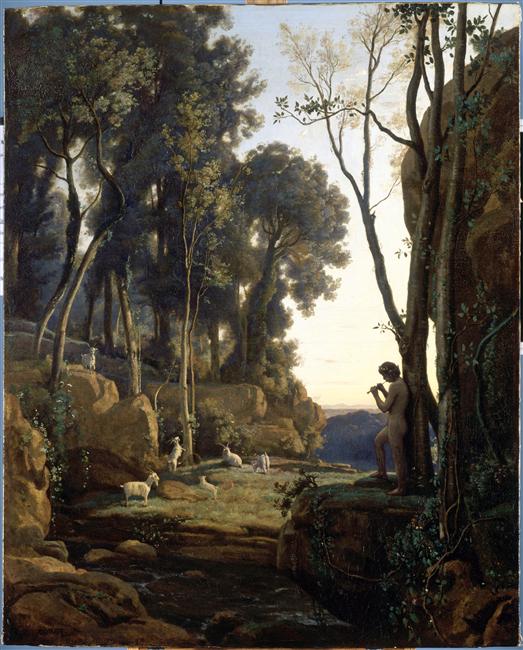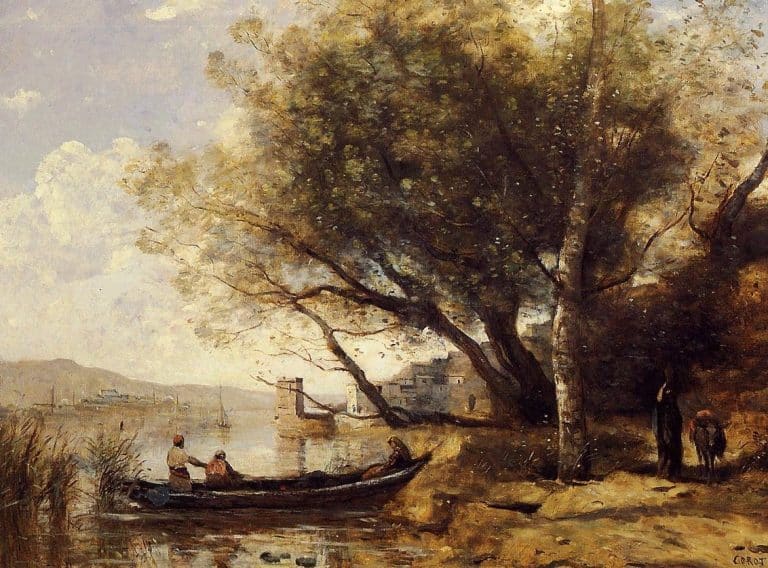Few painters bridged the gulf between tradition and modernity with the quiet authority of Jean-Baptiste-Camille Corot. Born in 1796, Corot stood at a threshold in art history — between the idealized landscapes of classical tradition and the unvarnished realism that would soon shape the modern eye.
The Poetics of Observation
Corot’s landscapes appear tranquil, but beneath their calm lies a revolution of seeing. Where earlier artists constructed scenes to fit classical balance and narrative, Corot sought the living truth of light itself. He painted not from myth, but from the hum of morning air, the shimmer of mist, the patient weight of trees holding dawn.
His brushwork softened the boundaries between form and atmosphere. Edges dissolve, colors breathe, and the world becomes less a fixed stage than a remembered moment — half dream, half observation. In this, Corot became a teacher to generations: the Barbizon painters, the Impressionists, even the Symbolists who followed his muted harmonies.
Between Ideal and Real
Corot’s genius lay in his moderation. He neither abandoned form nor enslaved himself to it. His trees — often painted from direct observation near Fontainebleau or Ville-d’Avray — possess anatomy, yet they sway with the rhythms of weather. His figures, veiled in soft gray light, inhabit a world both earthly and timeless.
It is this balance — between discipline and atmosphere, structure and breath — that makes his art endure. Every branch and reflection feels weighed against the harmony of the whole.
A Precursor to the Modern Eye
Long before Monet’s lily ponds or Cézanne’s mountains, Corot turned away from the theatrical toward the personal truth of vision. His limited palette, his silvery tonalities, and his refusal to dramatize were radical in their restraint. He taught painters to trust the subtle over the spectacular.
Corot once wrote, “Beauty in art is truth bathed in the impression received from nature.”
That sentence alone could serve as the credo for the entire Impressionist generation.
Legacy in Stillness
Today, Corot’s work invites us to slow down — to look without judgment, to see beyond the obvious. In his quiet meadows and dusky horizons, time seems suspended. They are not mere landscapes but meditations — places where the world holds its breath.





